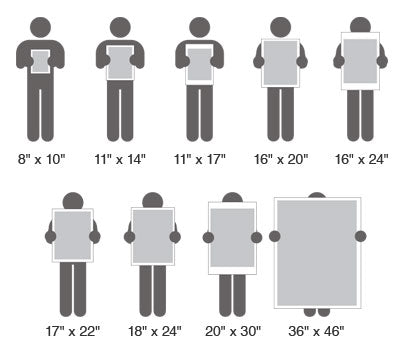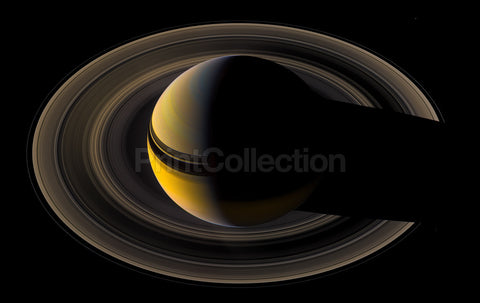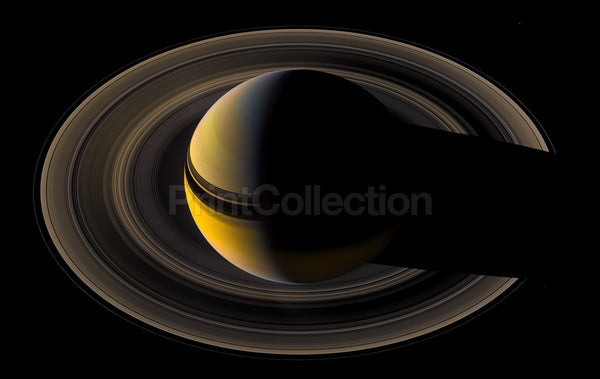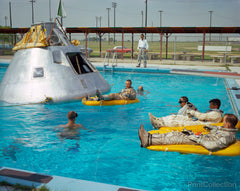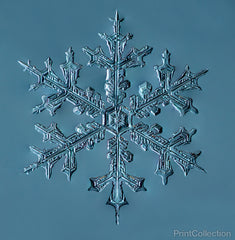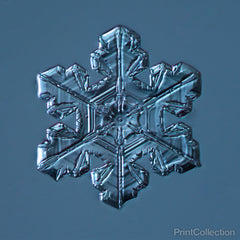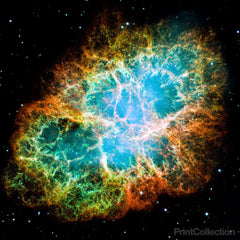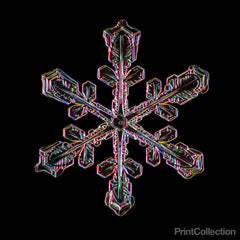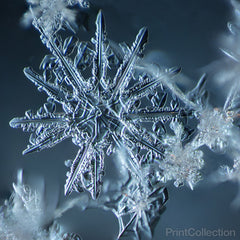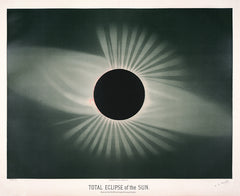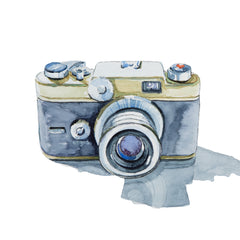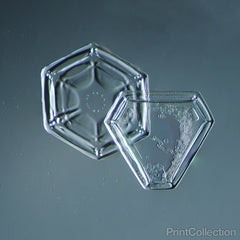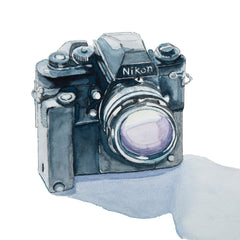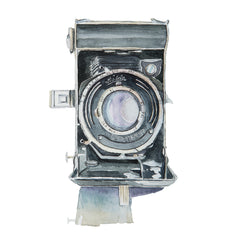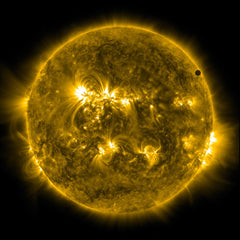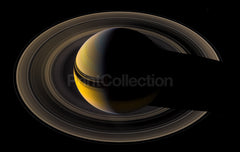Saturn On the Final Frontier
Saturn sits nested in its rings of ice as Cassini once again plunges toward the graceful giant. This natural color mosaic was acquired by the Cassini spacecraft as it soared 39 degrees above the unilluminated side of the rings.
Little light makes its way through the rings to be scattered in Cassini's direction in this viewing geometry, making the rings appear somewhat dark compared to the reflective planet. The view can be contrasted with earlier mosaics designed to showcase the rings rather than the planet, which were therefore given longer exposure times.
Bright clouds play in the blue-gray skies of the north. The ring shadows continue to caress the planet as they slide farther south toward their momentary disappearance during equinox in 2009. The rings' reflected light illuminates the southern hemisphere on Saturn's night side.
The scene is reminiscent of the parting glance of NASA's Voyager 1 as it said goodbye to Saturn in 1981 (see PIA00335). Cassini, however, will continue to orbit Saturn for many years to come.
Three of Saturn's moons are visible in this image: Mimas (397 kilometers, or 247 miles across) at the 2 o'clock position, Janus (181 kilometers, or 113 miles across) at the 4 o'clock position and Pandora (84 kilometers, or 52 miles across) at the 8 o'clock position. Pandora is a faint speck just outside the narrow F ring.
This mosaic was constructed from wide-angle camera images taken just before the narrow-angle camera mosaic PIA08389.
The view combines 45 images -- 15 separate sets of red, green and blue images--taken over the course of about two hours, as Cassini scanned across the entire main ring system.
The images in this view were obtained on May 9, 2007, at a distance of approximately 1.1 million kilometers (700,000 miles) from Saturn. Image scale is about 62 kilometers (39 miles) per pixel.
The Cassini-Huygens mission is a cooperative project of NASA, the European Space Agency and the Italian Space Agency. The Jet Propulsion Laboratory, a division of the California Institute of Technology in Pasadena, manages the mission for NASA's Science Mission Directorate, Washington, D.C. The Cassini orbiter and its two onboard cameras were designed, developed and assembled at JPL. The imaging operations center is based at the Space Science Institute in Boulder, Colo.
Image Credit: NASA/JPL/Space Science InstituteImage Addition Date: 2007-10-15Great care has been taken to reproduce this image for you. We stand behind the quality of your print with a 100% customer satisfaction guarantee.
